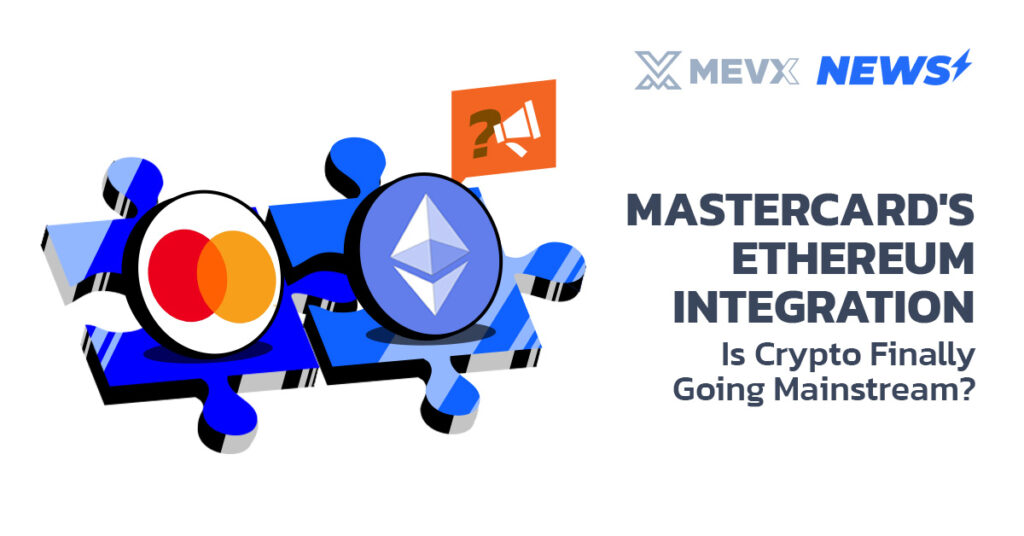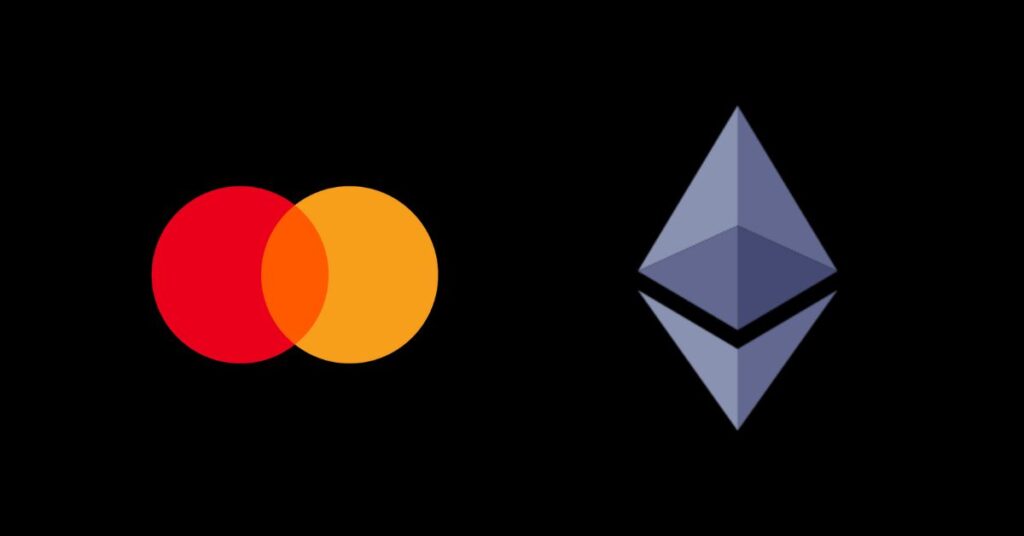Recently, a viral post claimed that Mastercard has integrated Ethereum payments, sending ripples through the crypto community. But what’s the real story behind this “Mastercard Ethereum Integration“?

Mastercard isn’t directly accepting Ether (ETH) for everyday transactions, but it’s making significant strides in incorporating Ethereum-based technologies, particularly stablecoins, to enhance global payments. This move signals a cautious yet strategic shift toward blending traditional finance with blockchain, potentially reshaping how we handle cross-border settlements and digital assets.
Understanding the Mastercard Ethereum Integration
At its core, the so-called Mastercard Ethereum Integration revolves around partnerships that leverage Ethereum’s blockchain for stablecoin settlements rather than volatile cryptocurrencies like ETH itself.
Mastercard has been building its Multi-Token Network (MTN) since 2023, and recent expansions focus on real-world applications. For instance, the company is enabling merchants and banks to use USD Coin (USDC) and Euro Coin (EURC) for faster, cheaper transactions, bypassing traditional banking delays.
Key aspects of this integration include:

- Stablecoin Focus: By partnering with Circle, the issuer of USDC, Mastercard allows acquirers in regions like Europe, the Middle East, and Africa to settle payments in stablecoins pegged to fiat currencies, reducing volatility risks.
- Cross-Border Efficiency: Transactions that once took days via SWIFT can now clear in seconds, with lower fees, ideal for international trade and remittances.
- Regulatory Compliance: All integrations emphasize Know Your Customer (KYC) and Anti-Money Laundering (AML) standards, ensuring they align with global regulations.
- Broader Ecosystem Ties: Collaborations with platforms like MoonPay and OKX extend this to debit cards, letting users spend Ethereum-based assets seamlessly at millions of merchants.
These developments stem from Mastercard‘s view that blockchain should complement, not replace, existing systems. As consumer demand for crypto grows, with surveys showing increasing expectations for everyday usability, the company is positioning itself as a bridge between Web2 and Web3.
Recent Milestones and Market Impact
Mastercard‘s push accelerated in mid-2025 with the expansion of its partnership with Circle, announced in August, to transform digital settlements for merchants. This follows earlier integrations with PayPal‘s PYUSD stablecoin and blockchain oracles like Chainlink, enhancing data reliability on Ethereum’s network.
Meanwhile, Ethereum itself has surged, surpassing Mastercard’s market cap in August 2025, highlighting the growing influence of decentralized finance.
The hype around direct ETH payments appears overstated, possibly originating from social media buzz. Instead, Mastercard‘s approach prioritizes stability and scalability, using Ethereum’s Layer 2 solutions to handle high volumes without congestion.
Looking ahead, this could pave the way for more widespread adoption, especially as competitors like Visa explore similar Ethereum pilots. For businesses, it means easier access to crypto tools; for consumers, smoother spending options via Ethereum debit cards.
In summary, while not a full-fledged ETH overhaul, Mastercard Ethereum Integration marks a pivotal step toward hybrid finance. It underscores the maturation of crypto, blending innovation with reliability.
For more on fintech trends and crypto updates, follow our MevX blog today!
Share on Social Media:
